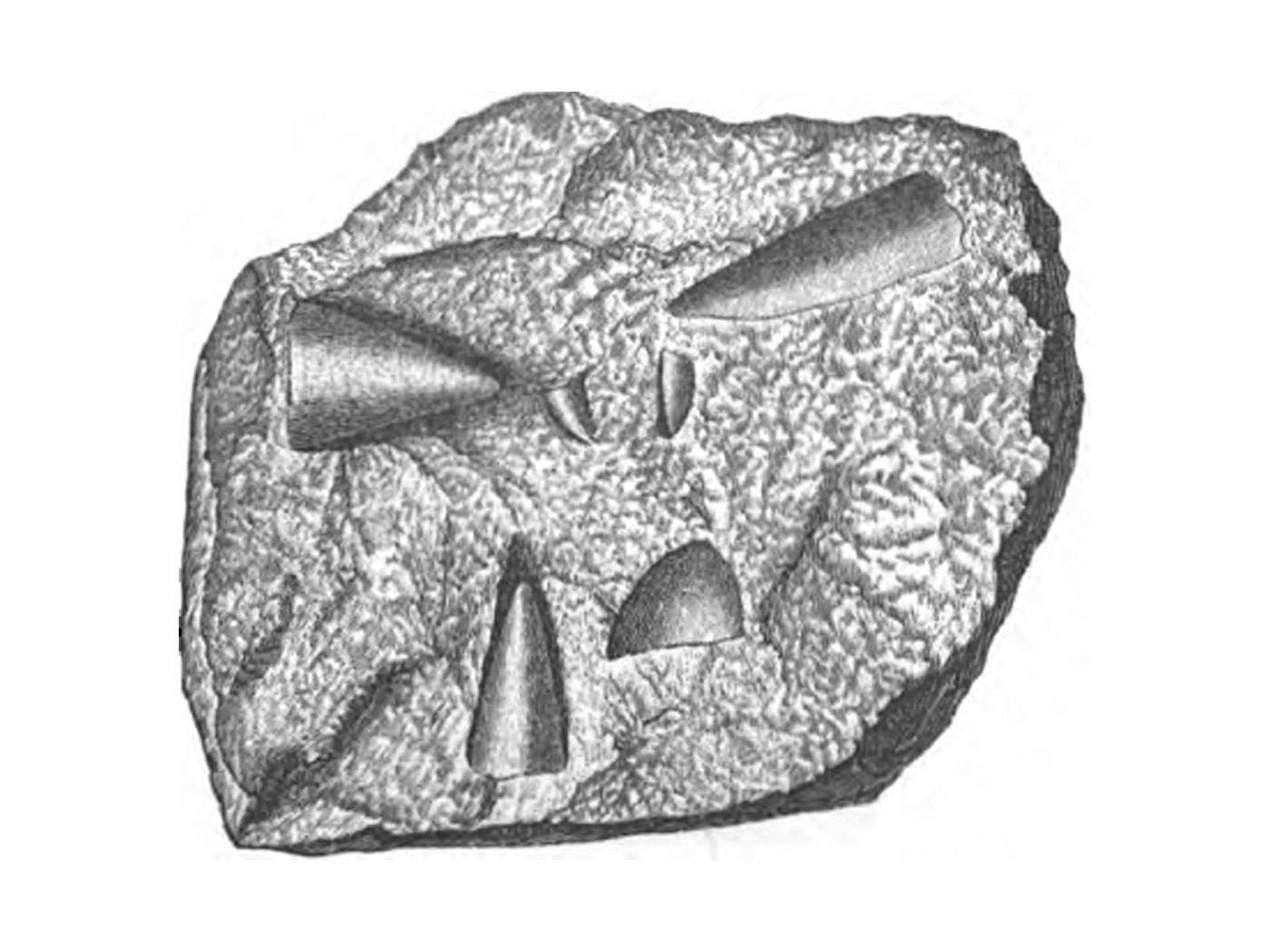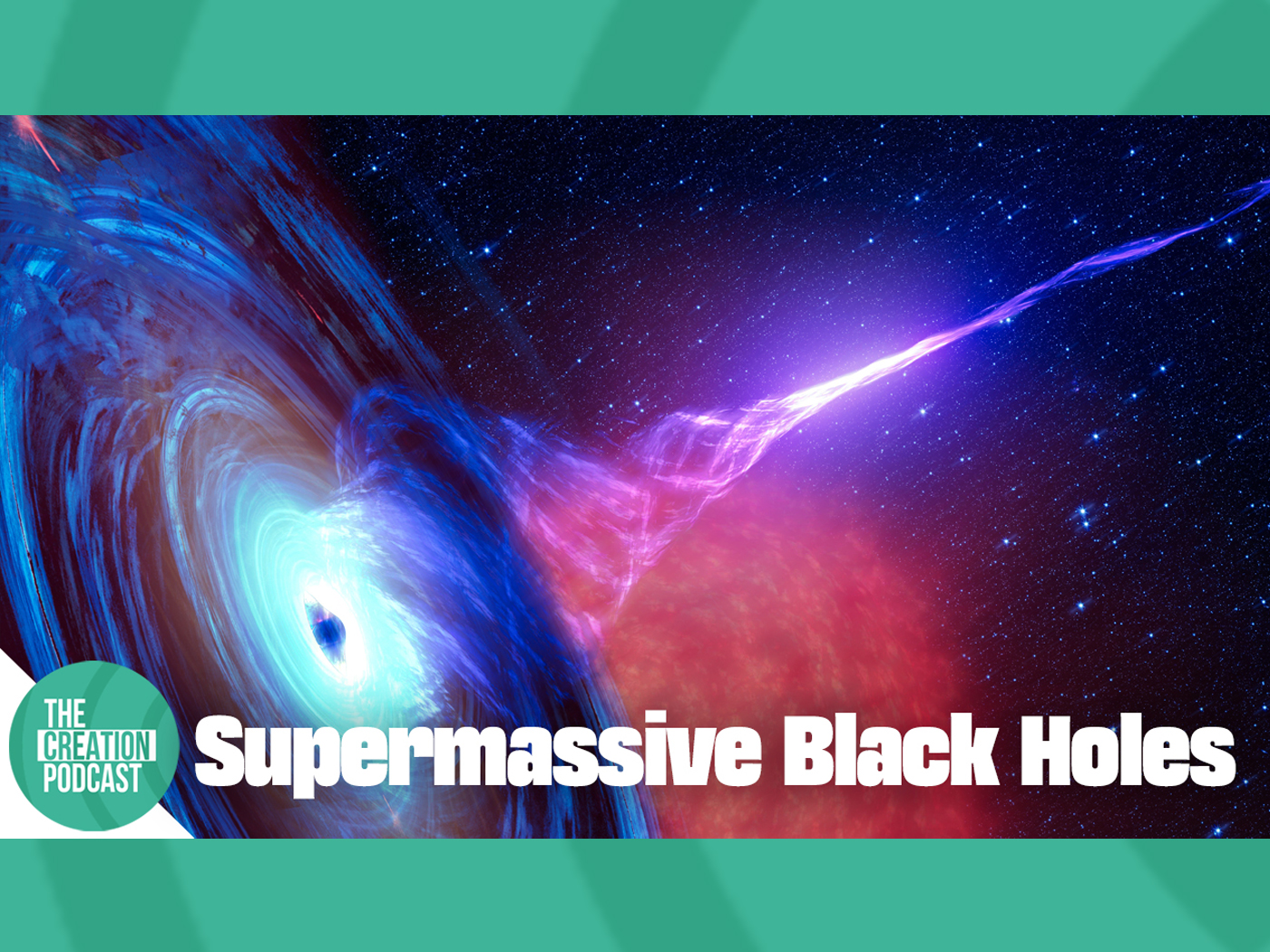The team published in the Proceedings of the National Academy of Sciences.2 They ran a series of tests on the cells, each called an olfactory receptor neuron (ORN). The cells partner up into sets called sensilla—mostly in pairs, but sometimes in groups of up to four cells.
Their results showed that one neuron in the set stimulates a particular behavior, while its partner neuron inhibits that same behavior. Example fruit fly behaviors include attraction to vinegar or promotion of egg-laying. The PNAS study authors wrote, “A striking pattern emerged…ORNs housed in the same sensillum antagonistically regulate the same behavior.”2
The team built an olfactory map that identifies exactly which receptor pairs detect and process specific odors. Researchers refer to the electrochemical interaction between these cells as valence opponency. These interactions enable ORNs to do two things at once: They detect odors and regulate their own signals. How do they do it?
Electrochemicals dance across the tiny space between neurons in a sensillum. Together, these diminutive detectors quickly calculate the proper amount and preferred effect of each odor before they send a “do” or “don’t” message. This saves the fly brain’s computing power which might otherwise get overwhelmed with a barrage of confusing scents.
When sensors are arranged in an arbitrary manner (top), conflicting odor information may confuse animals. However, the valence-based organization in fruit flies can selectively transmit positive or negative valence odor information to effectively guide behaviors.
Image credit: Johnatan Aljadeff via UCSD News Center. Adapted for use in accordance with federal copyright (fair use doctrine) law. Usage by ICR does not imply endorsement of copyright holders.
How ingenious is all this? For that matter, how does ingenuity like this even happen? Study coauthor Johnatan Aldajeff told UCSD, “We found that nature has chosen a specific way of structuring this sensory assay.” Nature chose? Really?
When, how, and where does nature actually make choices? And if he’s using metaphorical language so that nature didn’t actually choose anything, then who actually did make the required choices to organize fruit fly sensilla?
If nature really does make design and construction choices, then where are the examples? In the real world, choices come from sentient choice-makers.
Nature is as poor a substitute for a Creator as a puddle of pigment is for a painter. An unbiased view clears the way to attribute the “marvel” of these “simple yet elegant” dual-function fruit fly nerve cells to the work of a Person with the power to choose.
References
1. Aguillera, M. A Map for the Sense of Smell. UC San Diego News Center. Posted on ucsdnews.ucsd.edu January 28, 2022, accessed February 9, 2022.
2. Wu, Shiuan-Tze, et al. 2022. Valence opponency in peripheral olfactory processing. Proceedings of the National Academy of Sciences. 119(5): e2120134119.
*Dr. Brian Thomas is Research Scientist at the Institute for Creation Research and earned his Ph.D. in paleobiochemistry from the University of Liverpool.













